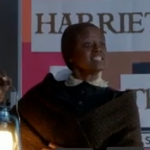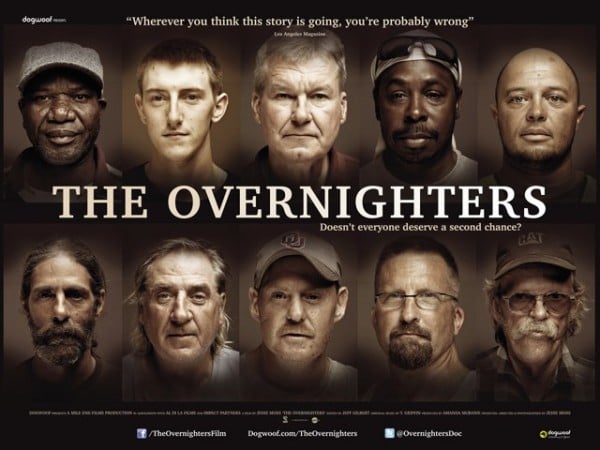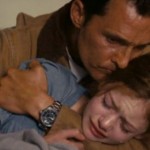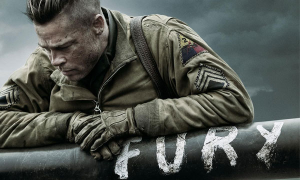
Looking at the fall/winter movie calendar, a number of intriguing WW2-themed films are making their way to the cineplex. Coming next month is The Imitation Game, with actor of the moment Benedict Cumberbatch dramatizing Alan Turing’s cracking of the Nazi Enigma code. Then on Christmas Day, Unbroken will no doubt draw huge crowds as the film adaptation of the deservedly bestselling book about the exploits of Louis Zamperini, Olympic runner turned Japanese prisoner of war. David Ayer’s Fury, an engrossing if far from perfect narrative of a tank crew in the closing days of the war, serves as a worthy forerunner of these two films.
The soldiers for whom the tank named Fury has been home for three years have together fought across North Africa, France, and Belgium. Their nearly decimated unit, now on German soil, faces more numerous, more heavily armored foes. Yet the Allied forces depend on Fury and the four other surviving tanks to clear a path to Berlin for their infantry.
The movie opens with a battle concluded. Fury’s crew of five has just lost its second driver, his head gruesomely splattered across the interior of the tank, inaugurating the parade of awful imagery yet to come. To replace their dead member, Sergeant Don “Wardaddy” Collier (Brad Pitt) has combat-naïve Private Norman Ellison (Logan Lerman) foisted upon him, immediately before Fury must clear a field and town of any remaining Nazi combatants.
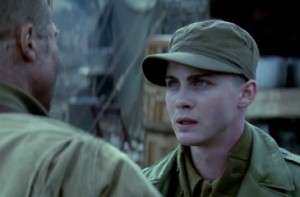
Following so soon upon Pitt’s memorably eccentric portrayal of Lieutenant Aldo Raines in Quentin Tarantino’s Inglourious Basterds, one may be forgiven for worrying that Pitt might not be up to the task of creating a second distinctive WW2-era leader type. Fury quickly dispels these concerns, since the characterizations and overall tone of Ayer’s film are utterly different from Tarantino’s Nazi-scalping, history-altering romp.
The somberly muted color palate of gray, brown, and dark green befits the dirt-crusted, war-weary soldiers of Fury. Pitt’s Wardaddy comes across as a wise, caring leader of men who nonetheless doesn’t hesitate to act brutally against his enemy, stabbing a Nazi officer in the face in the film’s opening minutes and shortly thereafter gunning down a captured soldier rather than making a legitimate prisoner of him.
The rest of his seasoned crew similarly embodies Wardaddy’s knife-edge tension, irritability, and fatigue. All of them, too, are convincingly depicted by their respective actors. After ten years in almost inevitably terrible movies, I despaired of ever witnessing Shia LaBeouf challenged to do real acting again, but here he excellently plays Boyd “Bible” Swan, a deeply sad, deeply devout Christian striving to hold onto his decency. Jon Bernthal, most memorable till now as Shane in The Walking Dead, makes the skin crawl here as well in portraying Southern redneck Grady “Coon-Ass” Travis, whom one suspects was barely civilized even before bloodying his hands with years of skirmishing. Rounding out this hardened foursome is Michael Pena’s Mexican-American Trini “Gordo” Garcia, given less to do dramatically than his compadres, though he delivers a memorable monologue about war’s horror during Fury‘s quietest moment.
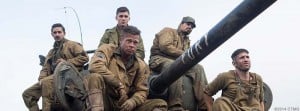
This quartet of characters effectively conveys the psychological havoc inflicted by prolonged combat exposure. All of them possess the detached “thousand yard stare,” while voicing the inevitable “it don’t mean nothing” veneer of nihilism engendered by witnessing and inflicting violent death. Additionally, these four men who would have nothing in common in the civilian world display the intimate fraternity, self-sacrifice and, yes, even love that result from facing intense danger together.
Threatening the cohesion and safety of this team of warrior/survivors is the entry of Private Ellison. Logan Lerman, like Shia LaBeouf, hasn’t had much opportunity to display his considerable acting skills for a few years, slumming in disappointing roles such as Percy Jackson. In Fury, he excels as a fresh-faced, terrified newbie who only entered the Army two months ago. While I harbor significant doubt that the Army would’ve dumped a complete novice into such a crucial, technically demanding position, Lerman’s character offers a useful foil to the grizzled group he joins and whom he persuasively, gradually comes to resemble. The tank not only becomes his home, but also the womb from which the boy emerges as a toughened man.
In addition to creating believable, empathic characters, writer and director David Ayer evidently knows how to pace a gripping story, discerning when to insert a domestic pause into the action and managing progressively to notch up our suspense and involvement in his story. Sound and visuals also come together effectively to immerse us into mucky, grisly battle scenes, on a par with if not superior to the style of Spielberg’s Saving Private Ryan.
Where Ayer inarguably surpasses Spielberg is in his creation of a plausible religious character. Saving Private Ryan had Barry Pepper’s scripture-quoting sniper, whose faith seemed more of a stagey tic than an integral personality trait. By contrast, Shia LaBeouf’s “Bible” Swan moved even this atheist viewer with his heartfelt conviction and core of goodness. In a year of saintly martyrs (Calvary) and cardboard cutout godly folk (God’s Not Dead) set against the dimly wicked godless, Ayer’s nuance is most welcome indeed.
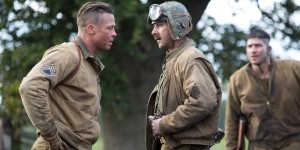
Aside from the flaws alluded to already, I have a couple of other significant difficulties with Fury. In one crucial scene mid-movie, when the tank crew has a civilizing moment with two kind yet fearful German women, the ultimate outcome of this scene is predictably telegraphed to seasoned movie watchers. More damagingly, the conduct of a nameless yet pivotal enemy character near the film’s end struck me as jarringly improbable.
And to return to matters spiritual, the movie concludes with a so-called “God’s eye view” of battle carnage. As this follows shortly after an exploration of two characters’ Christian faith, I couldn’t help but speculate whether Ayer was attempting to communicate that killing all those bad Nazis was accomplishing the Good Lord’s work. In an era when a recent president mawkishly described fighting Islamic forces as a “crusade,” such implications left me a tad queasy.
Nonetheless, these flaws while notable don’t fatally detract from Fury’s tight narrative, psychological nuance, and nearly tactile evocation of the squalor of even a just war. Ayer’s film successfully sets a high standard for the WW2 movies yet to come before year’s end.
3.5 out of 5 stars
(Parents’ guide: Fury is rightly rated R for its unrelenting graphic violence and frequent vulgar language. I would recommend viewing only by mature teens and older.)

